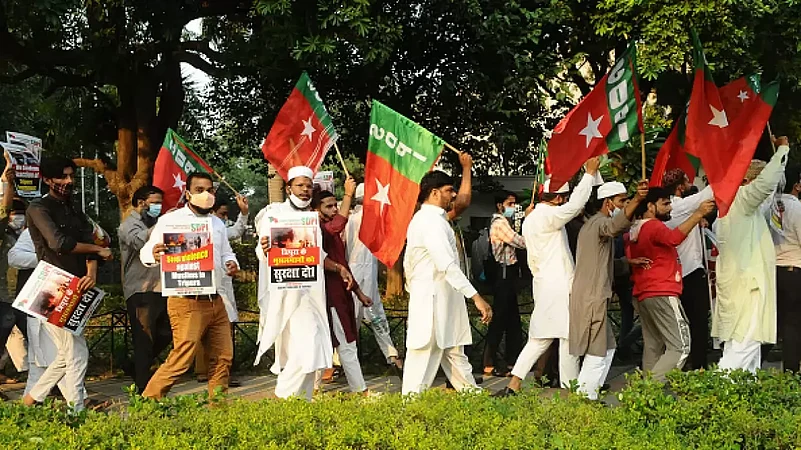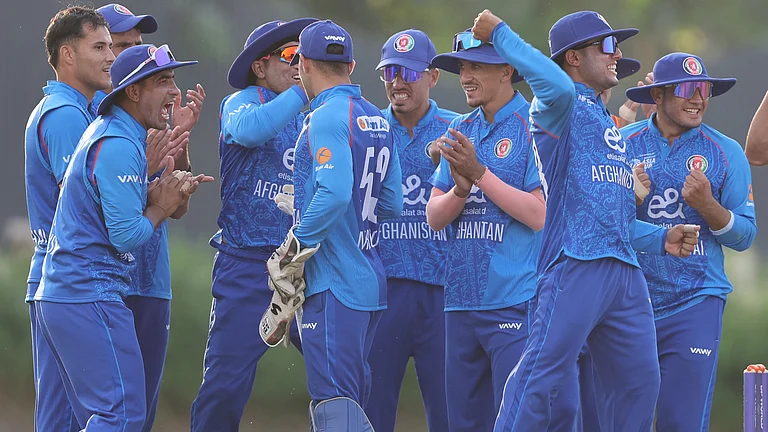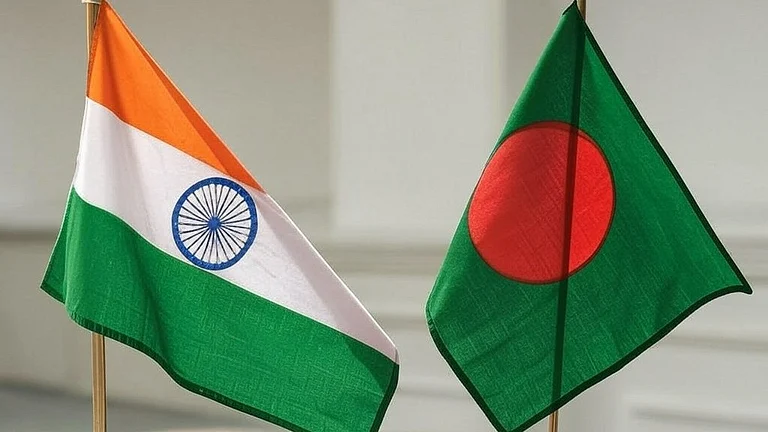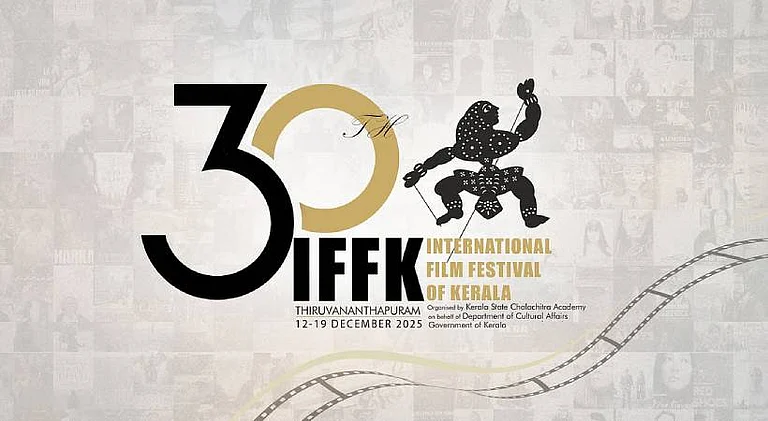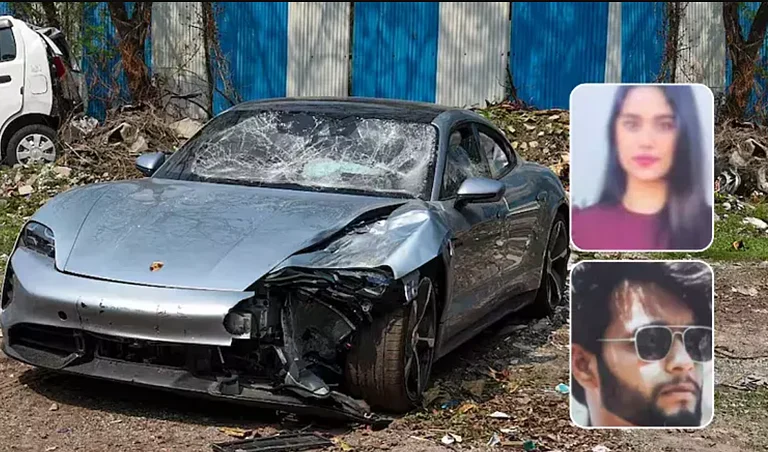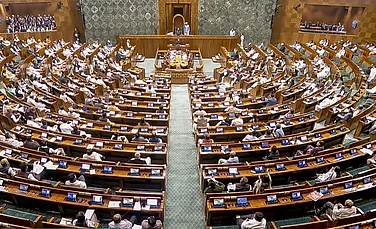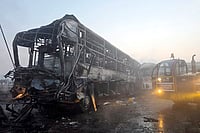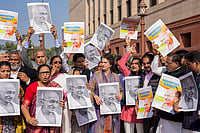Though some poll pundits say that Karnataka may go in favour of the Congress, the chances of Muslim votes getting split cannot be ruled out. The major factor that would cause the split in Muslim votes is the presence of the Social Democratic Party of India (SDPI), though it is not very prominent across the state.
In a few districts, particularly in the coastal region, SDPI —the political outfit of the Political Front of India (PFI)— plays a decisive role. Though the ban on PFI puts stress on SDPI having an adverse impact upon its regular business, the organisation is contesting in 16 constituencies this time.
Despite being hit by a ban on its mother organisation, SDPI appears to be unapologetic in Karnataka. The list of 16 candidates includes Ismail Shafi K alias Shafi Bellare, the state secretary of the party, who has four criminal cases against him. He is also an accused in the murder of a local leader of the Bharatiya Janata Party (BJP).
“A ban does not make any difference. PFI is not gone. They continue to intervene in politics through SDPI. In fact, the BJP only wants to encourage them to strengthen their polarisation tactics,” says Congress leader and former minister of Karnataka UT Khader, who is contesting from Mangalore constituency.
Khader raises the allegation that the Sangh Parivar prefers organisations like PFI to stay in some form or the other. According to him, the banned PFI is regrouping in many forms and actively indulging in politics through their political party SDPI with an intention to split the minority votes. However, SDPI’s claim that they “had an understanding with the Congress in the 2018 polls” gave the BJP yet another opportunity to go on the offensive against the Congress.
However, it is pertinent to see that on the electoral front, SDPI’s presence is becoming slender in Karnataka. The vote share of SDPI in Karnataka dropped from 3 per cent in 2013 to 0.12 per cent in the 2018 assembly election. It remains to be seen whether the ban on the PFI will help the SDPI to garner more votes. Or will the minority voters continue to reject SDPI as a political platform? Those who seek an answer to this question have to understand the history of PFI ― the organisation was born in Kerala; spread across many states; and, managed to keep itself as a cadre group for more than a decade.
To trace the history of PFI, one has to delve into the political history of North Malabar since 20th century and particularly since 1950s. It is generally perceived that PFI was formed to combat the Rashtriya Swayamsevak Sangh (RSS). An understanding of the evolution of this organisation would prove that it is wrong. Ever since the birth of PFI in its earlier avatar as National Democratic Front (NDF), their combative enemy was the CPI(M), and not the RSS in Kerala.
The very birth of the organisation was the culmination of a series of violent events between the Muslim League and the CPI(M) in North Malabar in the 1980s. In the rural areas of Kozhikode, particularly in Nadapuram and Vadakara, incidents of violence with communal undertones occurred frequently during that time. While the series of violent clashes between CPI(M) and IUML appeared to be politically motivated, it was actually rooted in the communal, class, and caste divisions that characterised the social life of the Muslim and Thiyya communities (Hindu middle caste, belonging to the OBC category) in North Malabar.
NDF was not an organisation that was formed overnight. Rather, it was a natural progression of several smaller groups that had formed with a shared objective of protecting Muslims from violence and defending against the aggression of the Communist Party, as seen in the League-CPI(M) conflicts.
In the latter half of the 1980s, Nadapuram experienced a string of violent incidents that resulted in the deaths of eight individuals, equally divided between both sides. E Abubacker, the founder-chairman of PFI, and one of the leaders arrested by NIA on September 22, detailed this situation in his autobiography published last year. According to him, the formation of PFI was motivated by several factors, including communal intimidation from the CPI(M).
The primary objective of forming an organisation was to demonstrate muscle power against the political opposition, which was the CPI(M) during that period. In the late 1980s, KT Mammu founded the Muslim Cultural Centre (MCC) in Vadakara, Kozhikkode, with the support of IUML. The organisation's primary focus was to provide martial arts training to Muslims to resist the aggression of the CPI(M). Abubacker's autobiography suggests that the MCC could be viewed as the prototype of NDF, which later evolved into PFI. According to him: “CPI(M) converted class struggle into communal fight against Muslims. The economic growth achieved by the Muslim community in North Malabar, as a result of Gulf migration, created unrest among the socially backward Hindu community, which was exploited by CPI(M) for political gains.”
The Left in Kerala presents a different perspective. KT Kunjikkannan, the Kozhikkode District Secretariat member of the CPI(M), says, “The Nairs and Mappilas in Nadapuram and Vadakara were landlords who received land from the local king. The backward Thiyya community mostly worked as manual labourers for them, leading to a class struggle under the leadership of the Communist Party.” (The Malabar Muslims are known as Mappilas).
Kunjikkannan, who was previously an activist of the CPI(ML), also recollects how the NDF was established and grew.
“The first meeting for the formation of NDF was at Mayyannur village in Vadakara. Their first activity was to launch a campaign against Terrorist and Disruptive Activities Prevention Act (TADA). I was working with CPI(ML) and was invited to the public meeting against TADA, but I kept away because we could not agree with the kind of extremism they stood for,” says K T Kunjikkannan.
There are several different accounts for the formation of NDF. According to AM Shinas, Assistant Professor at Maharajas College in Ernakulam, the prototype of NDF was created even before the Muslim Cultural Committee.
“It was known as the Nadapuram Defence Forum, an informal collective formed with the objective of resisting CPI(M) aggression in the area. They established connections with other similar local groups in Malabar,” says Shinas.
Interestingly, the existence of the Nadapuram Defence Forum was not documented anywhere, including in the autobiography of E Abubacker, the founder-chairman of PFI.
There was an organisation called the Islamic Youth Front under the leadership of those who had connection with Students Islamic Movement of India (SIMI) in the same period when MCC was formed. (SIMI was not a banned organisation in those times). Babri Masjid was the burning context of the time and all these groups together decided to launch a broader platform. Thus was formed Babri Masjid Protection Committee at a meeting in Mayyannur on October 12, 1989 with 17 members, including E Abubacker and Professor P Koya.
The official formation of National Development Front was announced even two years later ―on November 14, 1993― through a press release, 11 months after the demolition of Babri Masjid. Leaders such as Koya and E Abubacker were the office bearers of the organisation. NDF ceased to exist in 2006 after the formation of Popular Front of India, which was a merger of a few similar organisations, such as Manitha Neethi Pasarai (Tamil Nadu) and Karnataka Forum for Dignity (KFD).
It is pertinent to note that the pattern of the growth of PFI was closely similar in all south Indian states. Just like the NDF in Kerala, they formed the KFD and Manitha Neethi Pasarai (MNP) in Tamil Nadu in 2001. KFD had active presence in coastal Karnataka ― in districts such as Dakshina Kannada, Uduppi, and Kodagu that had close proximity to Kerala. MNP in Tamil Nadu ended up as a human rights organisation voicing the concerns of Muslims and Dalits. They published a journal in Tamil which claimed to have a circulation of 20,000. This organisation was also consistently under the radar of the state police and NIA, till it merged with the other two south Indian outfits of KFD and NDF to form the PFI.
Despite having such a long and consistent history of collectivising Muslims, PFI existed only as a fringe group in Kerala. If electoral politics is an indicator of the political characteristics of a society, it is apparently clear that the majority Muslims in Kerala do not have any sense of belongingness to them. SDPI has not been able to gather more than 1 per cent vote share in the Assembly/Parliament elections in the state so far.
In Kerala, other mainstream Muslim organisations have intentionally distanced themselves from the PFI. The Muslim Coordination Committee, which serves as a collective platform for various Muslim organisations, made a conscious decision not to include the PFI in their coalition. The Muslim Coordination Committee was established with the purpose of making consistent decisions regarding religious practices and beliefs. It is an umbrella organisation that includes all Sunni factions, three factions of the Mujahid movement, South Kerala Jamiyathul Ulma, and Jamaat-e-Islami, and was formed under the leadership of the Indian Union Muslim League (IUML).
“The Muslim Coordination committee is a loose structure that existed even before the formation of PFI, but we unanimously decided not to include PFI in the committee when the organisation was formed,” says K P A Majeed, MLA and a leader of IUML. “We cannot afford to go with their extreme positions that make other communities hostile.”
“The Muslim Coordination Committee was a non-political platform and is a not a permanent one. The Committee is convened whenever there is a matter to be decided related to religious conventions and faith. In 2019, the Committee convened during the anti-CAA protests. Even then we decided not to include PFI,” says Hamid Faizy Ambalakkadavu, the working Secretary of Sunni Yuvajana Samgam (SYS), the youth organisation of Samastha Kerala Jem-iyyathul Ulema, the prominent Sunni faction that is the backbone of IUML.
Hamid Faizy Ambalakkadavu is one among the Muslim scholars in Kerala who has consistently raised his voice against PFI. He has even written a book titled Why should PFI be opposed.
“First, Islam does not permit individuals and organisations to take law and order into their hands. It is the duty and the role of the state. Hence, what they do is purely un-Islamic. Secondly, when you live in a democratic, secular country, you have to respect the law of the land,” says Faizy. He believes that the extremism practiced by PFI will not help Muslims in India; instead, it will only be harmful to them.
The isolation that PFI had faced in Kerala among Muslims has become almost complete by the gripping incident of the hand-chopping of Professor TJ Thomas. He was brutally attacked by the men of PFI for “committing blasphemy” by including a question for the examination of Malayalam students that was allegedly derogatory to Prophet Mohammad. The question was based on a story which referred to a mentally ill man who used to talk to God. His conversation with the God was included in the question by changing his name as Mohammad. The chilling incident sent shockwaves across Kerala, and this only resulted in making PFI more and more irrelevant in the society. This incident has found resonance in other states too. PFI had to face a severe setback in Karnataka and Tamil Nadu as well.






